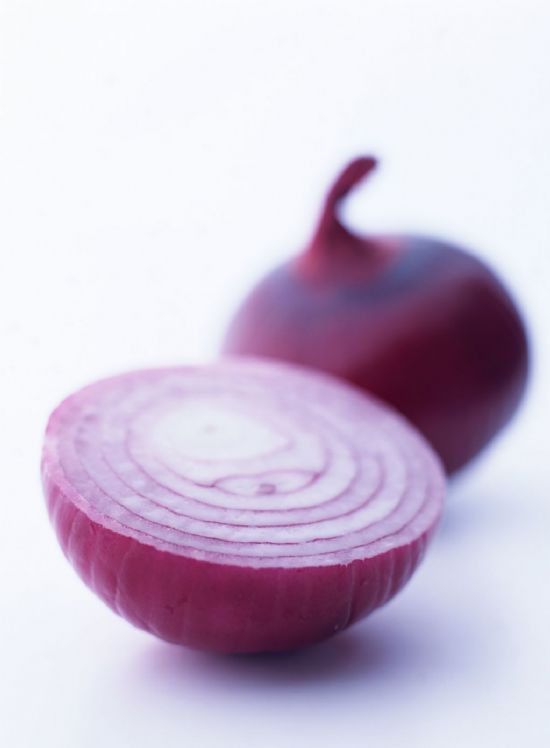How to reduce blood lipids
Now people are eating more and more, but it has also triggered a series of diseases. Hyperlipidemia is one of the diseases that occurs in middle-aged and older people. This will cause other diseases, so we must reduce blood lipids in time. So what about suffering from high cholesterol? What is good for high cholesterol?

Treatment of high blood fat foods
(1) Control the staple food. Overweight or obese people should pay special attention to restraint. Do not eat pure sugar foods and sweets.
(2) Eat more fish (especially seafood), soy and soy products, poultry meat, lean meat and other foods that can provide high-quality protein with low saturated fatty acids and low cholesterol.
(3) Control the intake of liver and other organs of animals, and strictly limit the brain, crab yellow, and fish roe.
(4) Cook with vegetable oil to minimize the intake of animal fats.
(5) Eat more vegetables, fruits, coarse grains, etc., and ensure adequate intake of dietary fiber, vitamins, and inorganic salts. In particular, foods rich in nicotinic acid, vitamin C, vitamin E, and vitamin B6 should be eaten.
(6) Many food products have been found to have hypolipidemic effects:
Lingzhi
Ganoderma alone or in combination with hypolipidemic agents can lower serum cholesterol, triacylglycerol, and low-density lipoprotein and increase high-density lipoprotein. At the same time, it can also reduce whole blood viscosity and plasma viscosity and improve blood rheological disorders. The hepatoprotective effects of Ganoderma lucidum can prevent or reduce the liver damage caused by chemical synthesis regulating blood lipids. Ganoderma lucidum's regulation of blood lipids is the basis of its protective effect on cardiovascular and cerebrovascular diseases.
Fish
Saturated fats contained in fish are extremely low, especially in cold-water fish from the deep sea. They contain large amounts of W-3 fatty acids. According to studies of American scientists, those who take W-3 fatty acids (EPA and DHA supplements), cholesterol Both triglyceride content and blood viscosity are reduced, and blood pressure is also reduced.
fruit and vegetable
Eating large amounts of fruits, vegetables, and water-soluble fiber helps lower cholesterol. Light-water soluble fiber (such as whole wheat bran) can prevent constipation, but it does not help lower cholesterol. Foods containing water-soluble fiber include beans, dates, grass, figs, dried plums, cauliflower, oat bran, and the like. Dried prunes contain 60% soluble pectin, soya beans and their products also have the same effect, konjac food also contains a large number of water-soluble fibers.
garlic
Researchers in the United States have found that eating half a black garlic every day (better than the whole head) can help some people reduce cholesterol by 10%, and it can also lower blood pressure. The active ingredient in garlic is the healthy all-in-alginine. The daily intake of 900 milligrams of odorless garlic capsules is the same as eating garlic.
onion
Onion is one of the few vegetables that contain prostaglandin A. Prostaglandin A is a potent vasodilator that softens blood vessels, reduces blood viscosity, increases coronary blood flow, and promotes sodium compounds that cause high blood pressure. Excretion, therefore, can not only regulate blood lipids, but also reduce blood pressure and prevent thrombosis. Even more valuable is that onion contains an essential oil that not only lowers cholesterol, improves atherosclerosis, but also raises “good cholesterolâ€â€”high-density lipoprotein content. Onions can also lower cholesterol and blood pressure, and have the effect of lowering blood viscosity. The effect is similar to that of the drug aspirin.
eggplant
Eggplant skin is rich in vitamin P, which has a remarkable function of lowering blood fat and cholesterol. Vitamin P can also increase the elasticity of capillaries, improve microcirculation, and have obvious blood circulation and Tongmai function. In addition, eggplant also contains large amounts of saponin, which also lowers cholesterol in the blood. Therefore, eggplant is an ideal food for patients with hypertension and arteriosclerosis.
The decomposition products of eggplant in the intestines can be combined with excess cholesterol in the body and can be excreted.
kelp
Arterial lipid deposition can be reduced; and iodine and magnesium in kelp have a role in preventing arterial lipid deposition.
Vegetable oil
Contains unsaturated fatty acids that are essential to the body and lowers blood cholesterol, especially sesame oil, corn oil, and peanut oil.
Soybean
Eating 100 grams of beans a day can lower blood cholesterol, especially the low density lipoprotein associated with atherosclerosis.
chili
The proportion of pepper containing vitamin C is highest in all foods. Vitamin C can improve the body's microcirculation, reduce capillary fragility, while vitamin C can also reduce cholesterol levels, is a natural lipid-lowering food.
One-day recipe example
Breakfast: 250ml of fat-free milk (250g of skimmed milk), cornmeal cake (corn flour 100g), 150g lettuce (150g lettuce).
Lunch: Steamed bread or rice 100 grams (100 grams of flour or rice), stewed bean curd (Hume 15 grams, 25 grams of mushrooms, tofu 100 grams), fried eggplant (100 grams of eggplant).
Dinner: Steamed bread or rice (flour or rice 100g), tomatoes fried cabbage (tomatoes 50 grams, cabbage 100 grams), chicken stew (100 grams of chicken).
All-day cooking oil 10 grams. The above recipe contains heat energy of 1682 kcal (7.03 megajoules)
Puyang Linshi Medical Supplies Co., Ltd. , https://www.linshimedicals.com